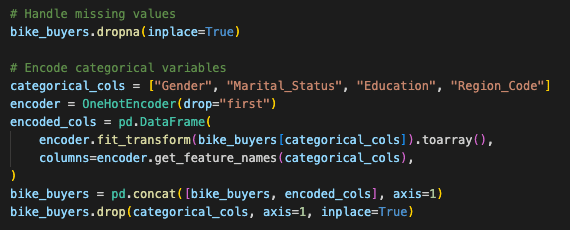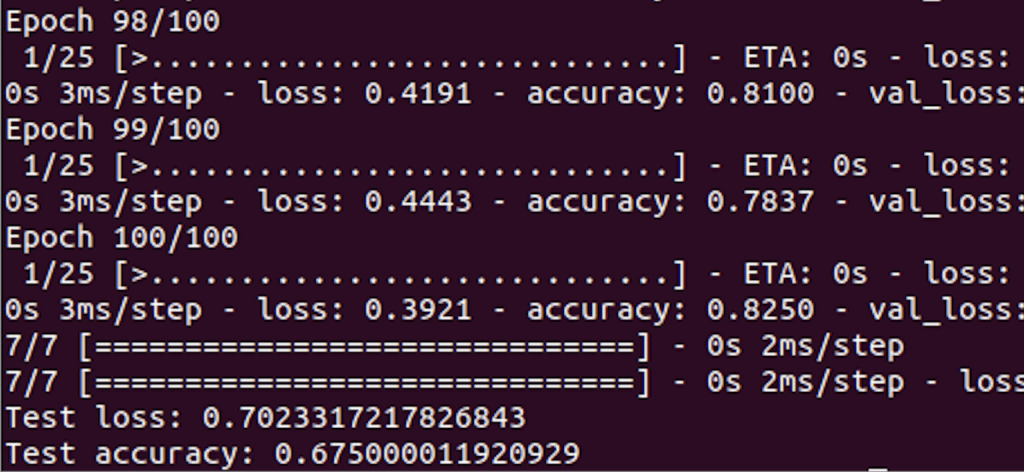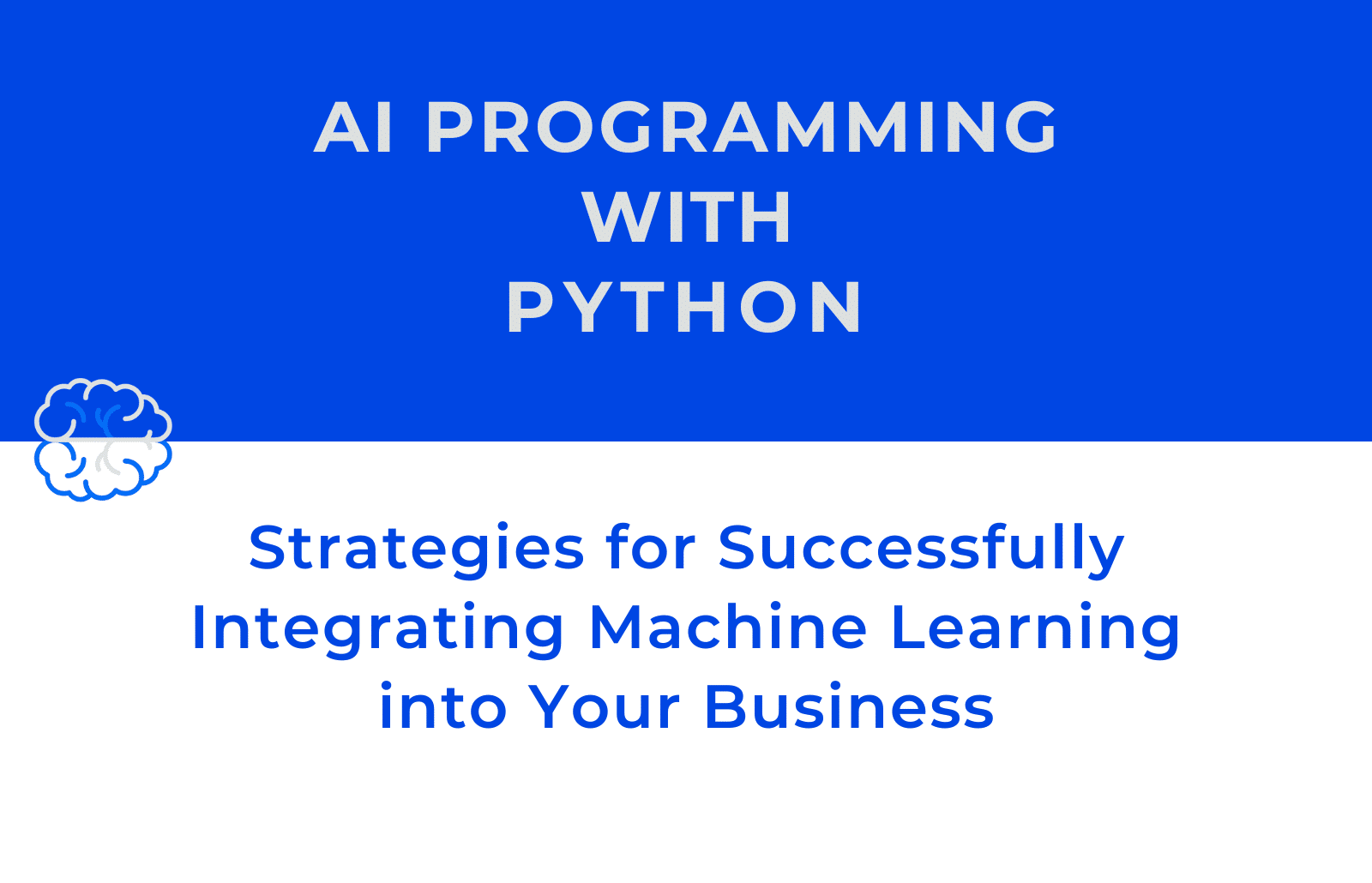AI is currently a hot topic among companies in various industries. However, many of these companies are taking a shortcut by relying on pre-built models and APIs from large vendors such as OpenAI, which offer quick and easy solutions to common problems. While these pre-built models are useful for certain tasks, they lack the advantages of training your own custom model with Python. By leveraging the power of AI programming with Python, you can create models that are tailored to your specific needs and that can solve complex problems using your own data.
In this article, we will show you how powerful it is to create AI models with Python and the ways in which you can implement effective strategies to succeed with AI in your business – with real-life examples.
AI with Python – The Possibilities
Advancements in technology have been transforming the way businesses operate, and artificial intelligence (AI) has been playing a crucial role in this transformation. According to the McKinsey Global Survey on AI, in 2017, only 20% of companies used AI in at least one area. Fast forward to 2022, and that number had risen to 50%.
These technologies have the potential to transform businesses and address common issues such as fraud detection, customer behavior analysis, and demand forecasting. In addition, AI-powered chatbots are also gaining popularity in customer service, while AI automation is helping streamline repetitive tasks and save time and resources. By leveraging AI programming with Python, businesses can become more efficient, competitive, and better equipped to meet their customers’ needs.
Python Machine Learning by Example
Customer behavior analysis is an important aspect of business strategy that helps companies understand how their customers make purchasing decisions. AI tools can assist in this analysis, making it easier to leverage the abundance of data that businesses generate daily.
In this section, we will explore a real example of customer behavior analysis using Python and deep learning techniques. Specifically, we will analyze the Bike Buyers dataset, obtained from Kaggle, which contains information about a group of people’s profiles and their decisions to purchase a bike.
Let’s answer the question: how to make your own AI in Python
Defining the Problem
This dataset can provide valuable insights into customer behavior that businesses can use to improve their strategies. Specifically, our goal is to predict if customers will purchase a bike given their profiles and characteristics.
Gather and preprocess the data
This example was obtained from a public database for data science experiments. In real cases, the data could be the last 10,000 purchases registered in a CRM or the results of a survey you’ve been running in the last month.
The structure of our specific dataset resembles that of a typical Excel file, and this can help us visualize the data:

Before the data could be used for training we need to preprocess it. This includes cleaning the data, handling missing values, transforming the data into a suitable format, and splitting the data into training and test sets.

Select and train a model
Once the data is ready for processing, the ML engineer will select a suitable machine learning algorithm and train the model on the training data. This involves selecting the appropriate hyperparameters for the model, such as the learning rate, regularization, and the number of hidden layers.
In our example, we utilized essential Python AI libraries such as Keras, NumPy, Pandas, and Matplotlib.

Evaluate the model
Once the model has been trained, the next step is to evaluate its performance on the test data. This involves calculating performance metrics such as accuracy, precision, recall, and F1 score.
Upon setting up these libraries and algorithms, we successfully trained a model that predicts bike purchasing behavior with nearly 70% accuracy.

Using the trained model, we can now predict the buying preferences of 70 out of every 100 users in a given database. This information can be utilized as input for targeting specific profiles in online advertising campaigns.
Improve the model
Based on the results of the evaluation, you can then make changes to the model to improve its performance. This may involve changing the hyperparameters, adding more features, or trying a different algorithm.
These results were obtained with a small-scale database of 1000 purchase logs, and the potential benefits of using a larger dataset with the assistance of a data scientist are significant.
Deploy the model
Finally, once the model has been optimized and its performance is satisfactory, it can be deployed in a production environment. You can then use it in daily operations to take business decisions.
Integrating Python Machine Learning in your Company
One of the biggest mistakes companies make when integrating machine learning is trying to do too much too soon. The best approach is to start with a small, well-defined project, such as automating a simple process or analyzing a small data set. Once you have a proof of concept, like the one we did for this article, you can then scale up to larger and more complex projects.
Machine learning requires a deep understanding of data analysis and programming, so having experts on your team is important. You can either hire experts from the outside or upskill existing employees. Either way, make sure you have the right people with the right skills to ensure the success of your machine-learning projects.
Define your Problems
Let’s consider a company called “LearnNow,” which offers a variety of online courses for business professionals, ranging from software development to project management. The company wants to use AI to predict customer behavior in order to improve retention rates and optimize its marketing campaigns.
To achieve this, LearnNow might follow the following steps:
Define the business problem
LearnNow wants to predict which customers are at risk of dropping out of a course or canceling their subscription so that they can take proactive measures to retain them. They also want to identify high-value customers who are likely to purchase additional courses or recommend the platform to others.
Collect and preprocess the data
LearnNow collects data on customer demographics, course history, website interactions, and customer service interactions. They could preprocess the data by cleaning, transforming, and normalizing it to ensure it is ready for analysis.
Select and train a machine-learning model
LearnNow should then select a machine learning algorithm to fit the data, such as logistic regression, decision trees, or a neural network. Then they should evaluate the performance of the model on the testing data and tune the hyperparameters to improve accuracy.
Deploy the model
Once the model is trained, LearnNow deploys it to a production environment where it can be used to make predictions in real-time. They can integrate the model with their existing CRM system and marketing automation platform so that they can take action on the predictions.
Invest in the right tools and technology
AI programming with Python makes sense because it offers a variety of powerful libraries and tools specifically designed for machine learning as well as other AI applications. Some of the most popular Python AI libraries for machine learning include TensorFlow, Keras, PyTorch, and Scikit-learn. Make sure you have the right hardware as well, such as powerful GPUs and enough storage to handle large data sets.
Cloud computing provides businesses with access to vast amounts of computing power, which can be especially useful for AI projects that require substantial computing resources. Consider leveraging cloud computing services like Amazon Web Services (AWS), Google Cloud Platform (GCP), or Microsoft Azure to run your AI models.
Have in mind that machine learning projects often involve sensitive data, such as customer information or financial transactions. It’s crucial to have a plan in place to protect this data and ensure privacy. This includes implementing strong data encryption, access controls for authorized personnel, and considering the integration of a transaction categorization API to enhance data management and security.
Foster a culture of innovation and experimentation
Machine learning is an iterative process, and success often comes from trying and failing. Encourage your team to experiment and innovate, and provide them with the necessary resources to succeed. This includes access to data, training, and time to experiment.
AI projects require a diverse set of skills, including data science, software engineering, and domain expertise. Building a strong interdisciplinary team with the right mix of skills is key to success. Make sure that the team has a clear understanding of the business problem and that everyone is aligned on the goals and expectations of the project.
AI Programming with Python – Conclusion
In conclusion, integrating machine learning into your business can be a complex process, but by following these strategies, you can ensure success. Python, with its vast libraries and tools, is a great language to start with, and by hiring experts, investing in the right technology, planning for data security and privacy, and fostering a culture of innovation, you can make the most of the benefits of machine learning.
If you have questions and require further information on AI programming with Python, or want to connect with one of our machine learning developers, please feel free to reach out!
Author:



